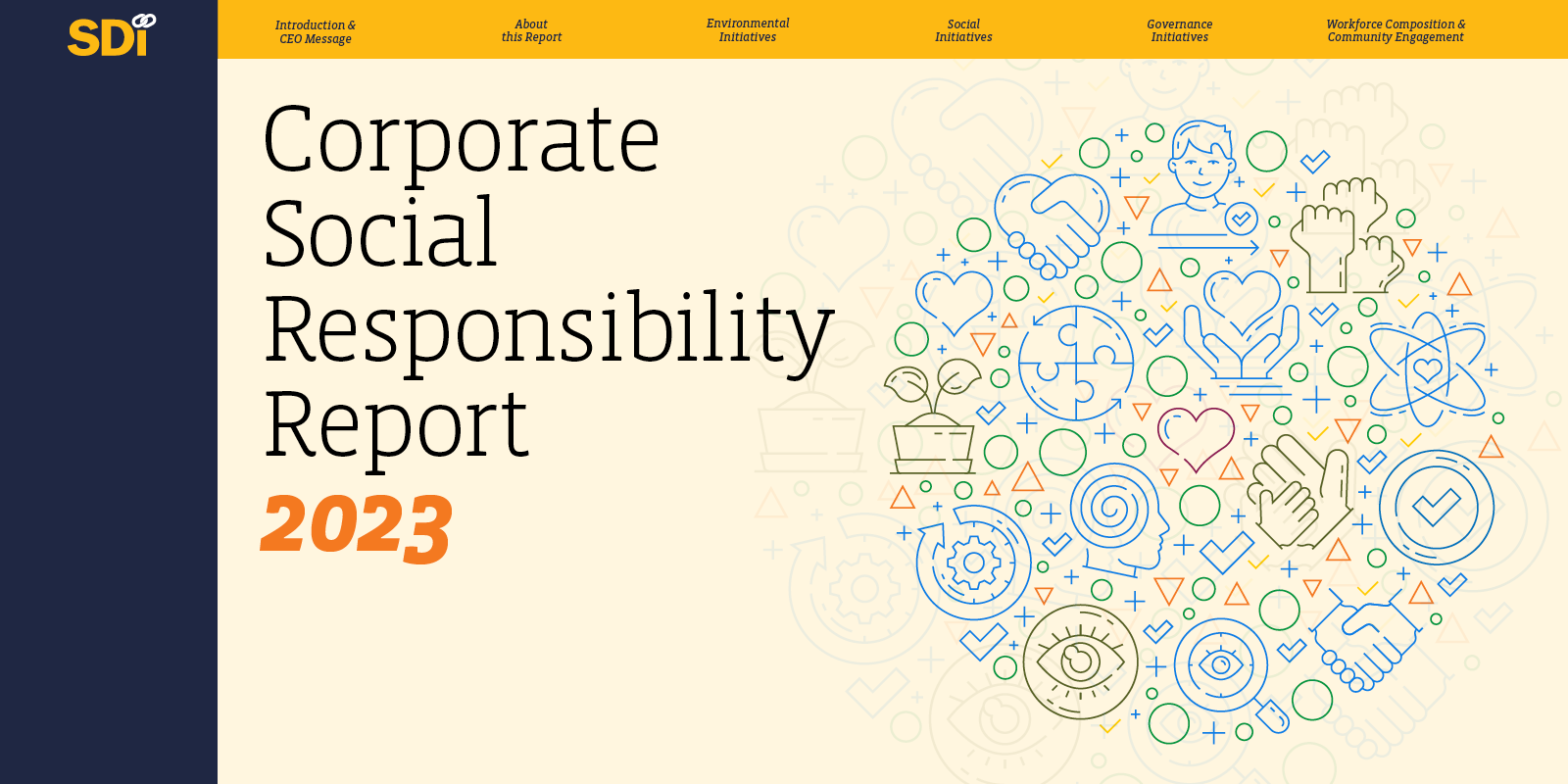With a COVID-19 vaccine in sight, businesses and institutions are making plans to return to whatever will pass for normal in the post-pandemic world. With schools among the facilities most aggressively attempting to return to in-person attendance, their need for adequate and appropriate personal protective equipment (PPE) has come to the forefront.
Recognizing the company’s leadership in PPE procurement, Campus Security and Life Safety magazine engaged SDI CIO and Senior Vice President of Information Technology Kelly Kleinfelder to discuss the unique PPE challenges NYC school districts face and the strategies for overcoming them. Her article appears in the November/December issue. In it, Kleinfelder notes that the pandemic threw even the most well-maintained supply chains into disarray and that schools will need to stockpile vast reserves of masks, gloves, disinfecting supplies, and other equipment if they are to reopen safely. That proves particularly difficult as the demand surge likely will not abate for the next six months, at least, as healthcare facilities and businesses, as well as schools and consumers, must maintain supplies to function.
Kleinfelder identifies three obstacles schools must overcome:
1. Inconsistent Access to Supplies
Reactionary buying and the global demand surge not only strained reputable dealers but also gave rise to opportunists. These quick-buck artists, often seeking to absorb supplies for later resale at higher prices, either pre-sold assets they did not have and were not able to procure or simply took deposits and preorders on material they had no intention of delivering. Schools’ traditional sources of supply, notably local sellers who could accommodate their modest pre-COVID-19 needs, are unprepared for the massive orders that schools need to restart in-class instruction.
To cope, schools should design a PPE inventory software management protocol that includes identification of the types and quantities they will need to reopen and sustain operations through the end of the school year. Operations-critical items should be managed differently, with a more hands-on approach, than more run-of-the-mill items. PPE management software, maintained at the institution or district level, or outsourced to a supply chain service, can track redundant supply sources to mitigate stockout risk, forecast demand, and take advantage of discounts and other price breaks.
2. Non-existent Safety Stock
COVID-19 presented the first time schools have needed to store and distribute large quantities of PPE. As they had no reason to have stock on hand, they start from scratch, requiring not only inventory to carry them through the first day and week of live instruction, but also for sustaining classes for the remaining five months of the school year.
Schools must walk a fine line between maintaining access to reserve PPE stock – enough to accommodate “routine” use as well as internal surges – and ensuring stocks do not perish or become obsolete. Again, PPE inventory software management can help. Schools also can establish partnerships with other large PPE consumers, perhaps organizing joint warehouses from which they can share supplies and take advantage of volume purchases. School districts have the advantage here, as their PPE management software can coordinate supplies for several school locations, shifting materials as demand warrants.
3. Antiquated Processes
PPE management software can help schools diversify and expand their supplier base and coordinate the procurement with supply chain management and maintenance activities. Unfortunately, many educational institutions still segregate these functions. Silos can create turf battles, restrict the flow of information, lead to decisions being made with incomplete information, and other drains on efficiency. Centralized procurement directed by dedicated PPE inventory software, on the other hand, will embrace modern best practices.
A PPE service provider such as SDI can help schools navigate the difficulties inherent in upgrading internal processes and infrastructure to ensure sufficient PPE supplies. SDI will conduct a resource audit to understand demand trends and inventory levels. SDI’s supplier-agnostic policies toward sourcing and buying give schools access to a variety of reliable suppliers that can contribute to a dynamic, resilient PPE supply. Contact SDI to see how.


